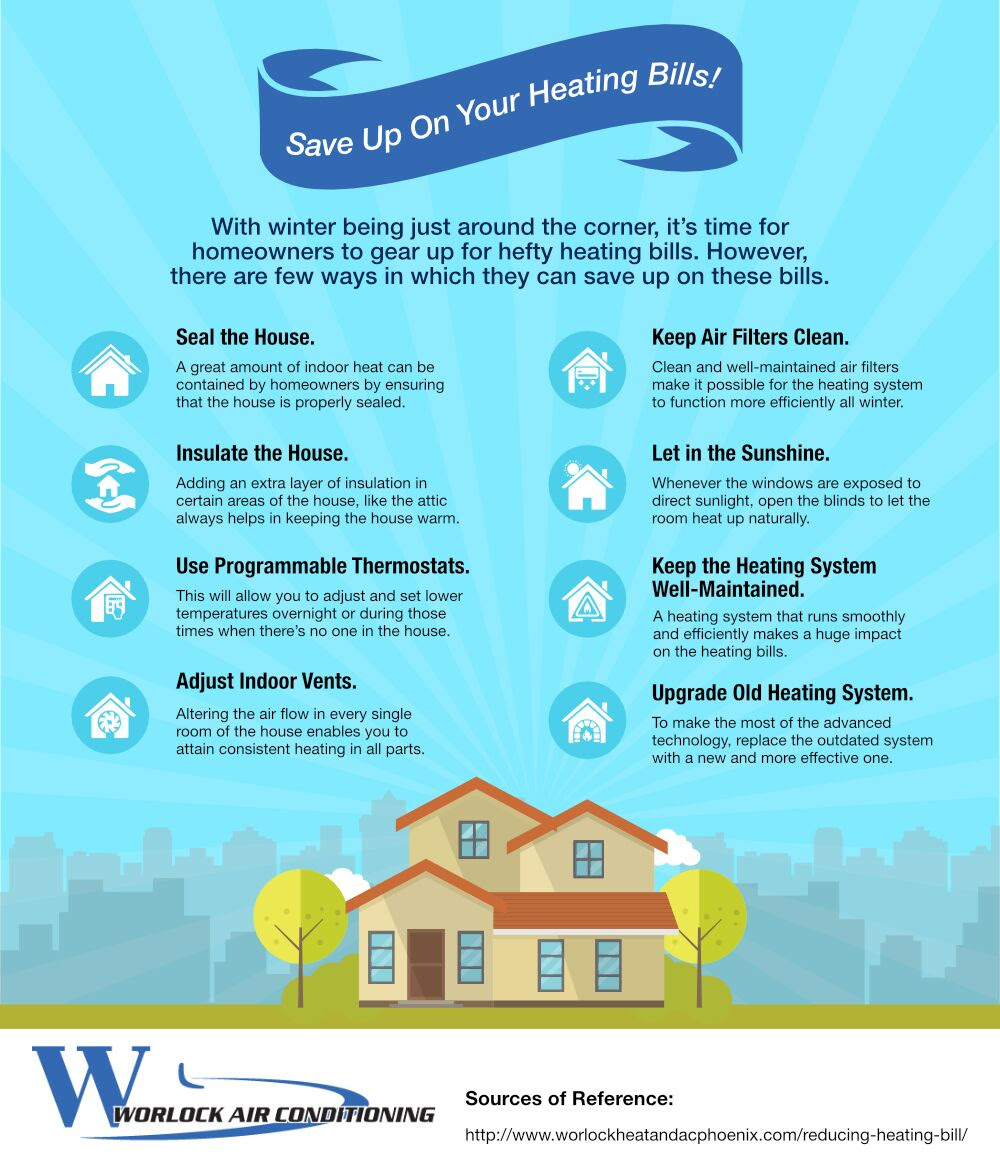Exactly How Weather Impacts Heat Pump Performance And What You Can Do About It
Exactly How Weather Impacts Heat Pump Performance And What You Can Do About It
Blog Article
Write-Up Composed By-Herndon Linnet
When it comes to your heat pump, climate plays an important role in its performance. From freezing temperatures to sweltering heat, each component can affect just how efficiently your system operates. But what can you do to battle these weather-related difficulties and ensure your heat pump is operating at its ideal? Keep tuned to uncover functional tips and approaches to optimize your heat pump's efficiency, regardless of the weather conditions it encounters.
Weather Condition Elements Affecting Heatpump Effectiveness
Weather condition factors have a considerable impact on the performance of heat pumps. One vital aspect is temperature level. Heatpump work by transferring warmth from outdoors to within during winter and the other way around in summertime. As https://www.newsweek.com/worker-shares-hygiene-tips-only-sent-female-staff-1700150 decrease, it becomes harder for the heatpump to remove warm from the outside air, lowering its efficiency.
An additional key element is humidity. High moisture degrees can make it a lot more difficult for the heat pump to launch warmth throughout the cooling process.
In addition, wind rate plays a role. Strong winds can dissipate the warmth soaked up or released by the heat pump, influencing its total performance.
Tips for Optimizing Heatpump Efficiency
To boost the performance and durability of your heatpump, carrying out a couple of essential approaches can make a significant distinction in its efficiency.
To start with, make certain regular upkeep by cleansing or replacing filters every 1-3 months to stop air movement blockages and maximize airflow. Furthermore, routine annual specialist inspections to find and deal with any type of possible problems beforehand.
Ideal thermostat setups likewise play an important duty. During the winter, go for a temperature level setting that's as low as comfortable, and during the summer season, established it as high as comfy to reduce the workload on your heatpump. Making use of a programmable thermostat can help you instantly change setups based on your schedule.
Additionally, sealing leakages in ductwork and protecting ducts in unconditioned areas can protect against power loss and improve general system performance.
Last but not least, take into consideration installing a wise thermostat that can discover your routines and readjust setups appropriately, further enhancing your heatpump's efficiency. By adhering to these pointers, you can ensure your heatpump operates efficiently and successfully throughout the year.
Best Practices for Weatherproofing Your Heat Pump
For optimum efficiency and effectiveness of your heatpump, executing weatherproofing actions is essential. Begin by sealing any type of spaces or splits around doors, windows, and ductwork to prevent heat loss and maintain a regular interior temperature level.
Protect revealed pipes and air ducts to stop cold during cold weather and guarantee proper airflow. Take into consideration setting up a protective cover over the outside device to secure it from extreme climate components like snow, ice, and debris.
Regularly clean the outside unit to remove dirt, leaves, and debris that can obstruct airflow and decrease efficiency. Furthermore, maintain Read More In this article around the heat pump clear of snow, ice, and plants to allow for proper ventilation.
Final thought
Now that you understand just how climate influences your heatpump performance, you can take aggressive actions to optimize its efficiency. By adhering to the tips detailed in this post, such as regular maintenance, thermostat changes, and weatherproofing procedures, you can ensure that your heatpump runs at its finest despite the weather conditions. Stay ahead of the game and maintain your home comfortable all year round.
